Introduction
Steamed buns, or mantou in Chinese, are a staple food enjoyed across Asia, particularly in China. These soft, doughy delights are often filled with various ingredients or enjoyed plain, serving as a versatile base for meals or a simple snack. While traditionally steamed over boiling water, modern convenience often calls for quicker methods, such as using a microwave. However, achieving the perfect fluffy texture in the microwave can be challenging. This guide will walk you through the steps and tips to ensure your microwave-heated steamed buns are as soft and delightful as if they were freshly steamed from a bamboo steamer.
Understanding Microwave Heating Principles
Before diving into the specifics of heating steamed buns in a microwave, it’s crucial to understand how microwaves work. Microwaves emit electromagnetic waves that penetrate food, causing water molecules to vibrate rapidly. This molecular vibration generates heat, cooking or reheating the food from the inside out. However, this rapid heating can lead to uneven moisture distribution and a loss of texture, especially in items like steamed buns, which rely on a moist, airy interior.
Why Microwave-Heated Buns Can Go Wrong
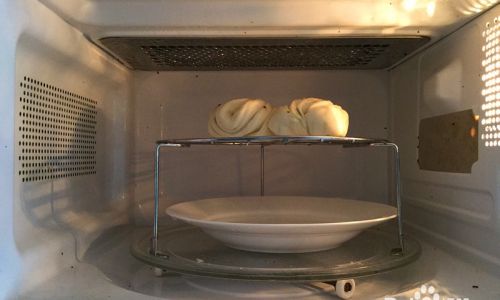
- Dryness: Microwaves can dry out food quickly if not handled properly.
- Hardness: Overcooking or improper handling can result in a dense, hard texture.
- Sogginess: Using too much water or not allowing steam to escape can make the buns soggy.
Preparing Your Steamed Buns for Microwave Heating
To ensure your microwave-heated steamed buns are as close to freshly steamed as possible, follow these preparation steps:
-
Starting with Fresh or Properly Stored Buns: Ensure your steamed buns are either freshly made or stored correctly. Ideally, keep them in an airtight container at room temperature for up to two days or refrigerate for up to a week. For longer storage, freeze the buns in an airtight, freezer-safe bag.
-
Defrosting Frozen Buns (If Necessary): If you’re using frozen buns, thaw them overnight in the refrigerator or use the defrost setting on your microwave, being cautious not to start the cooking process.
-
Moisture Retention: To maintain moisture, you can lightly wrap each bun in a damp paper towel or place them in a microwave-safe container with a small amount of water at the bottom.
Step-by-Step Microwave Heating Instructions
Now, let’s dive into the specific steps to heat your steamed buns in the microwave:
-
Preheat (Optional but Recommended): While microwaves don’t truly “preheat,” you can prepare your environment by ensuring the microwave is clean and free of any previous food residue that might affect heating uniformity.
-
Arranging the Buns: Place your prepared steamed buns on a microwave-safe plate. If using damp paper towels, wrap each bun individually and place them on the plate. Alternatively, use a microwave-safe container with a small amount of water in the bottom and arrange the buns on a rack or elevated surface inside the container.
-
Setting the Microwave: The exact time will depend on the power of your microwave and the number of buns you’re heating. As a general guideline, start with 30-45 seconds for one or two buns on medium power. For larger quantities, increase the time in increments of 15-20 seconds.
-
Monitoring and Adjusting: Pause the microwave halfway through the estimated heating time to check the buns. If they feel warm to the touch and slightly soft, they are likely close to being done. If they still feel cold or hard, continue heating in shorter intervals to avoid overcooking.
-
Ventilation: After heating, allow the buns to sit in the microwave for a few seconds with the door slightly ajar to let any excess steam escape. This helps prevent sogginess.
-
Final Check: Remove the buns and carefully unwrap or remove them from the container. Check their texture and warmth. If needed, you can give them an additional 10-second burst in the microwave, but be cautious as overcooking can happen quickly.
Tips for Achieving Fluffy Results
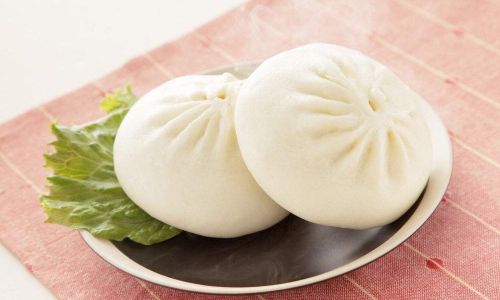
-
Use High-Quality Buns: Start with good-quality steamed buns. Homemade buns tend to have the best texture but high-quality store-bought options can also work well.
-
Moisture Control: The key to fluffy buns is maintaining moisture. Using damp paper towels or a small amount of water in the microwave container helps retain moisture.
-
Avoid Direct Contact with Water: Don’t submerge the buns in water or place them directly in a pool of water. This will make them soggy.
-
Power Levels: Experiment with different microwave power levels. Lower power settings often yield better results as they allow for more gradual and even heating.
-
Individual Heating: If heating multiple buns, consider heating them individually or in small batches to ensure even heating and better texture control.
-
Immediate Consumption: For the best texture and flavor, consume the microwave-heated steamed buns immediately after heating.
Troubleshooting Common Issues
-
Hard Buns: If your buns are hard, they may have been overcooked or not had enough moisture during heating. Try reducing the heating time and increasing the moisture retention methods.
-
Soggy Buns: Soggy buns are usually a result of too much water or not allowing steam to escape. Adjust the amount of water used and ensure proper ventilation after heating.
-
Uneven Heating: Uneven heating can be caused by microwave hot spots. Rotate the buns halfway through heating or use a microwave turntable to distribute heat more evenly.
Conclusion
Heating steamed buns in a microwave may seem like a simple task, but achieving the perfect fluffy texture requires attention to detail and a bit of experimentation. By following the steps outlined in this guide, you can enjoy soft, moist, and fluffy steamed buns in just a few minutes, making it a convenient and delicious option for busy days. Remember, the key to success lies in moisture control, proper heating techniques, and immediate consumption to enjoy the best texture and flavor. Happy microwaving!
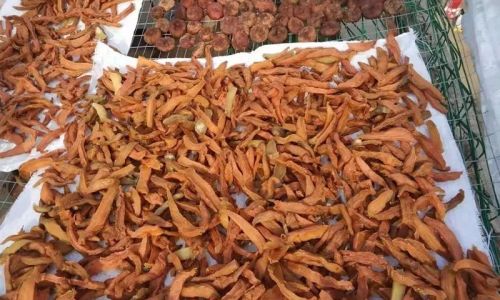
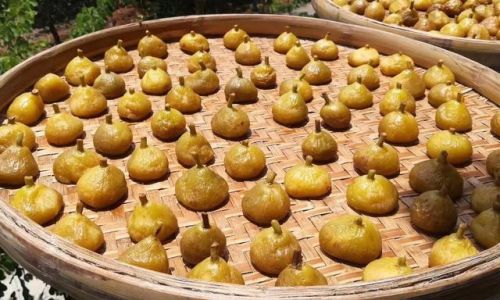

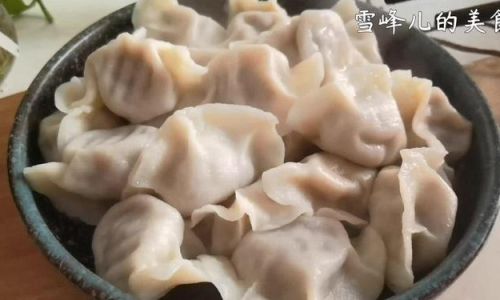
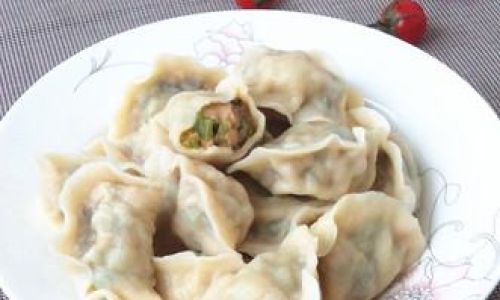
0 comments